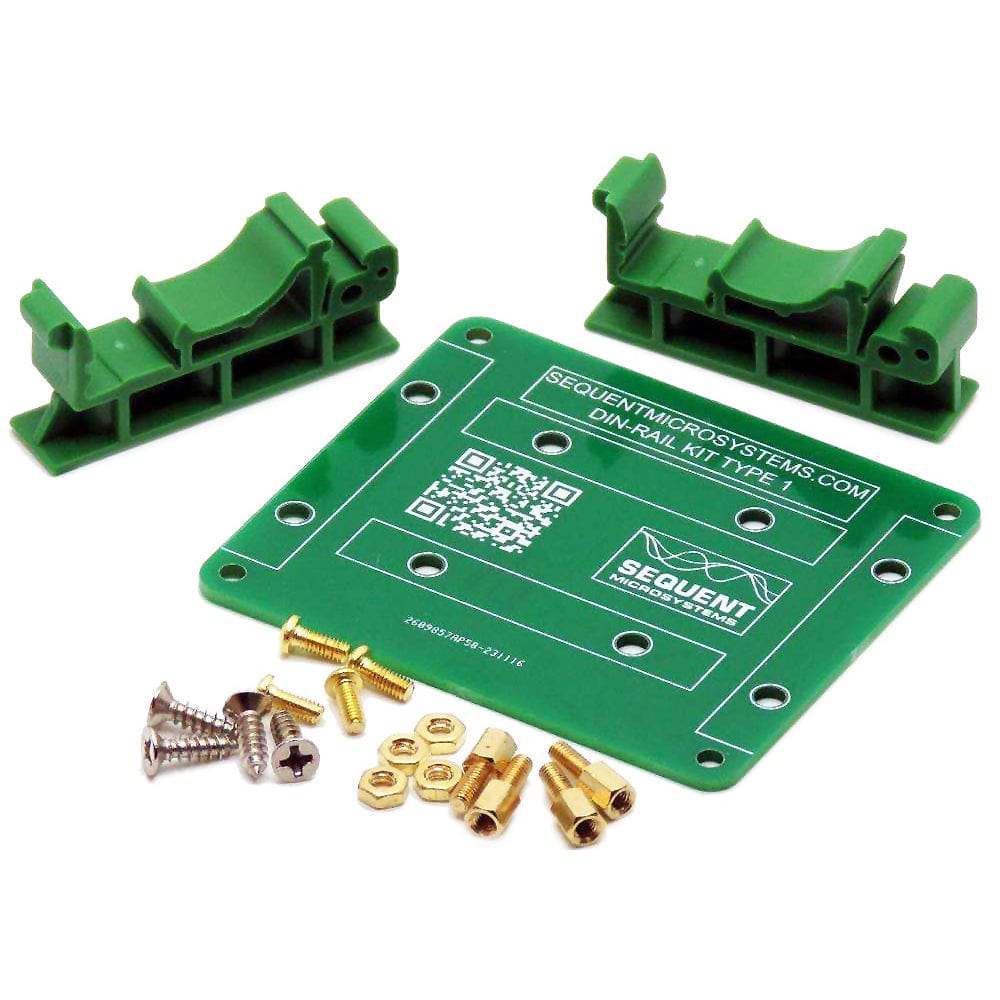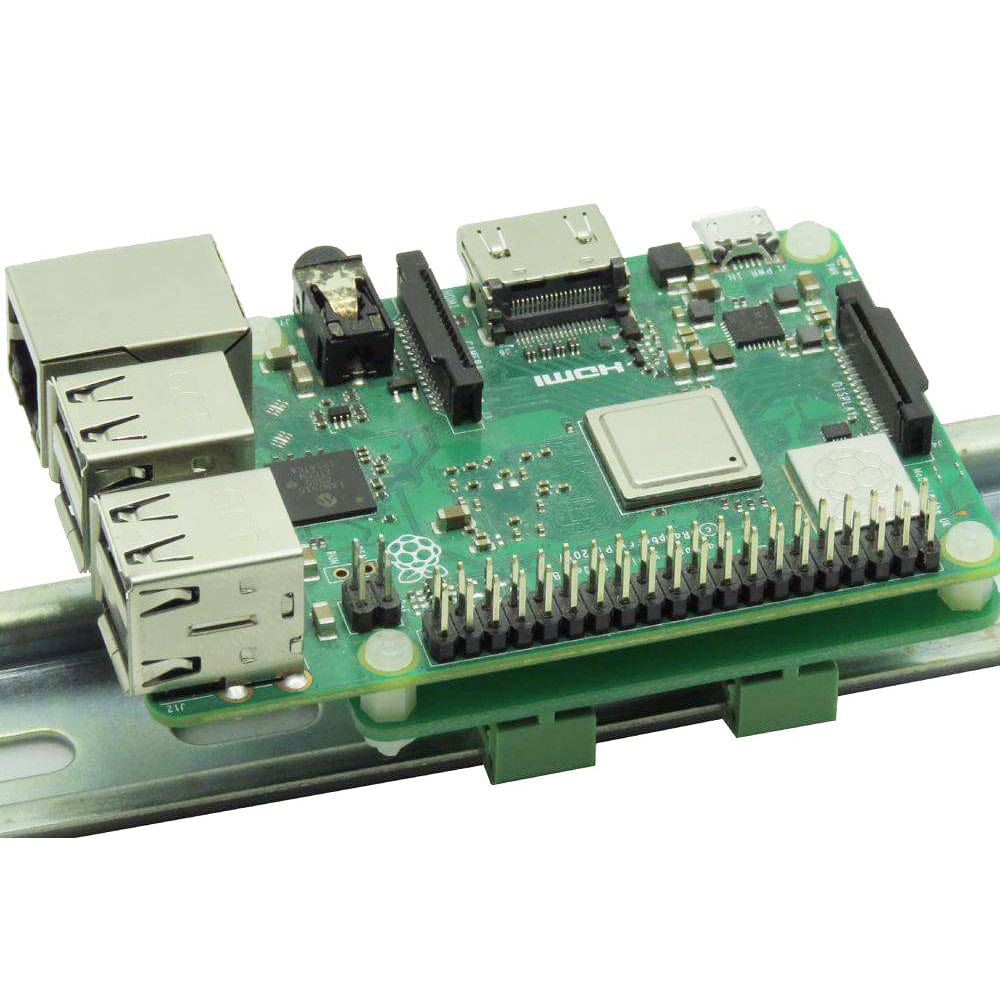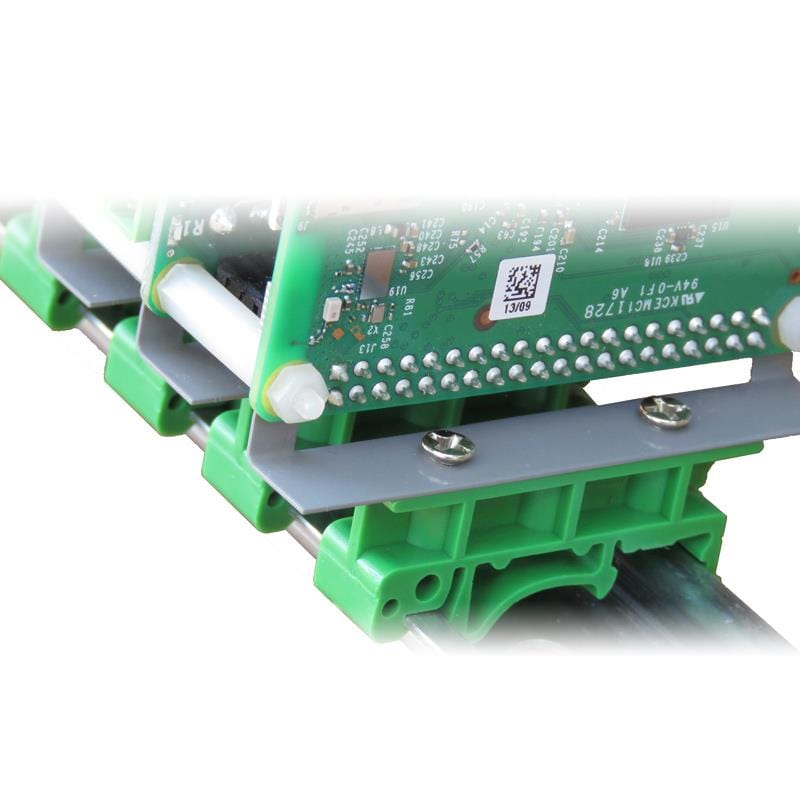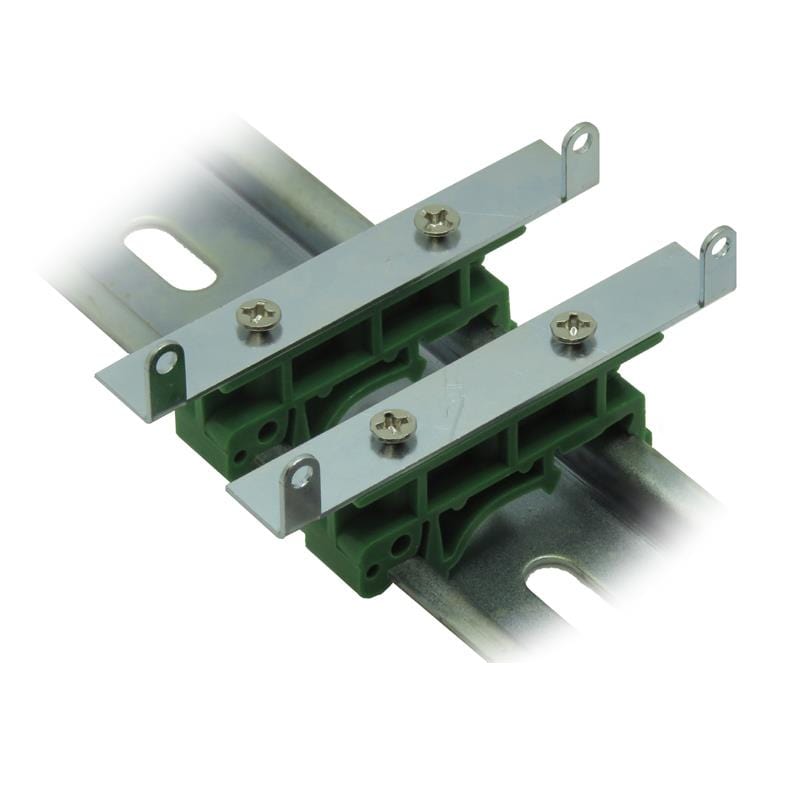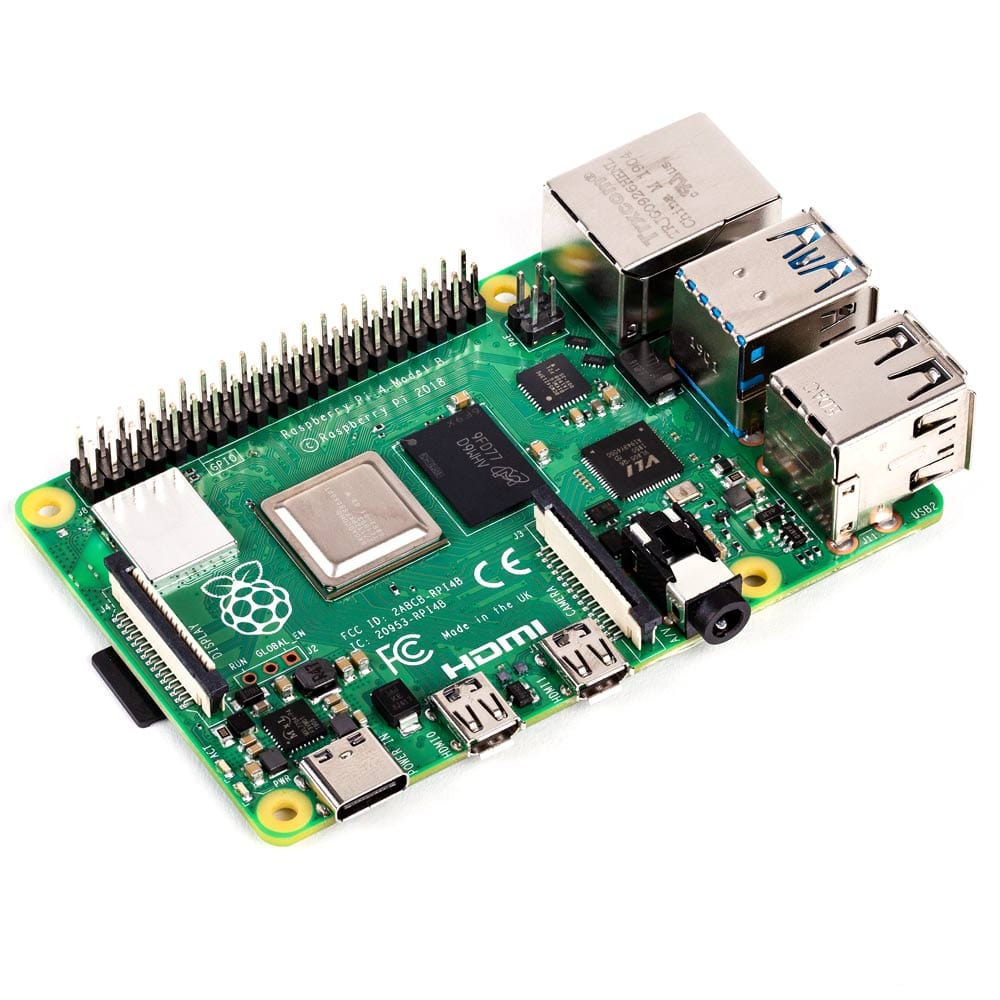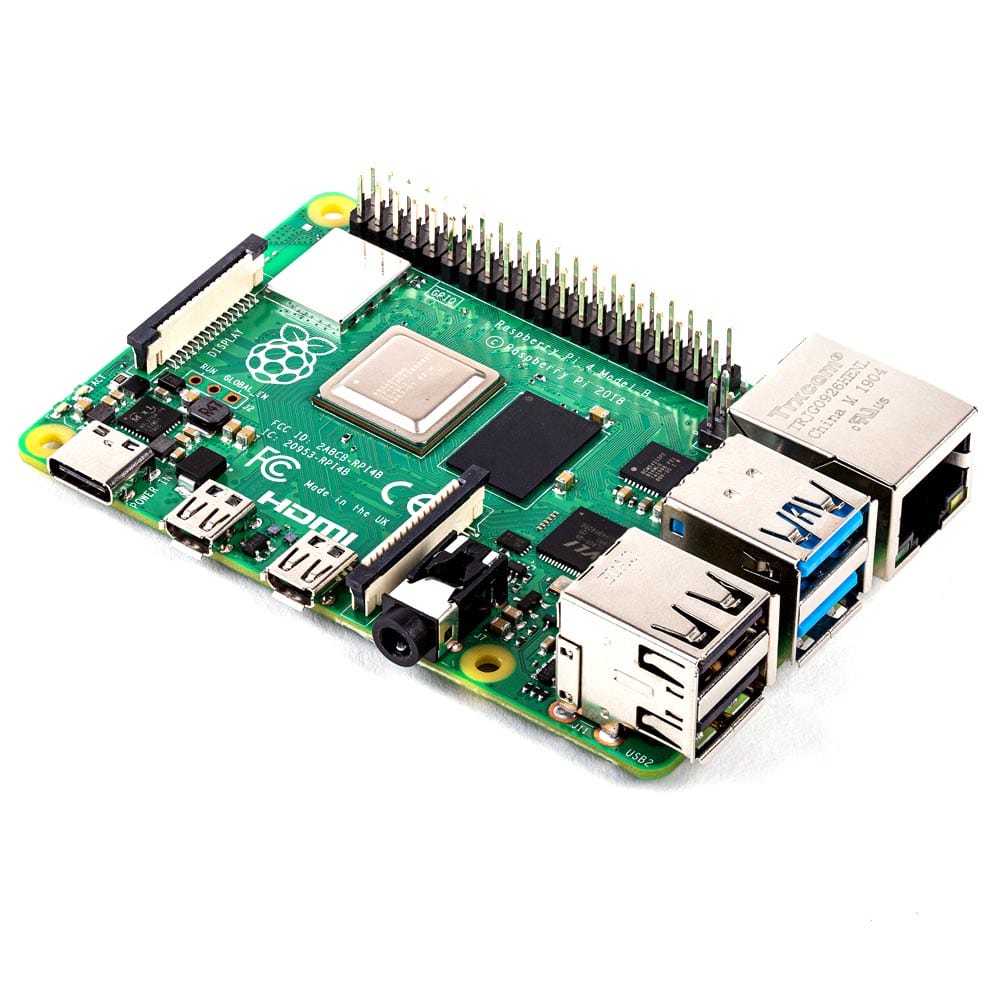

Login / Signup
Cart
Your cart is empty


Raspberry Pi can read 26 Input signals through the GPIO header, but sometimes you might need to read more. Since all GPIO pins are wired directly to the local processor, some hardware is required to connect them to the real world.
This card has sixteen optically isolated Digital Inputs. Input ranges can be jumper-selected for each channel, from 3 volts to 48 volts. Digital Inputs can read both DC and AC signals.
The card communicates with Raspberry Pi using only the I2C port, leaving all the other 24 GPIO pins available for your use. It also has an RS-485 port, a power LED and a push button that can be used to shut down the Raspberry Pi. Pluggable connectors make the 16-INPUTS card easy to use when multiple cards are stacked up.
For any technical questions about this product please email support@sequentmicrosystems.com
The card is compatible with all Raspberry Pi versions from Zero to the Pi 4. All stacked cards share the I2C bus using only two of the Raspberry Pi’s GPIO pins to manage all eight cards. This feature leaves the remaining 24 GPIOs available for the user.
The card needs 5V to operate and can be powered from the Raspberry Pi or from its own 2-pin pluggable connector. The card draws 10mA. If power is applied to the 2-pin pluggable connector, no other power supply is needed for the Raspberry Pi.
Up to eight cards can be stacked on your Raspberry Pi. Each card is identified by jumpers you install to indicate the level in the stack. Cards can be installed in any order. A three-position jumper selects the stack level.
Shutting down the Raspberry Pi by turning off the power can result in SD Card failure. To prevent this, a shutdown command needs to be used before power cut-off. But this requires a monitor, keyboard and mouse connected to the Pi.
A momentary push-button installed at the edge of the board provides a convenient way to shut down the Raspberry Pi. The button is routed to pin 37 (GPIO 26). You need to write a script that monitors this pin, and if pressed for more than the desired time, issues the shut-down command.
An RS485 transceiver enables the Raspberry Pi to connect to other industrial sensors or actuators. In order to use the RS485 port, a jumper needs to be installed on the RXD line going to Raspberry Pi. The jumper is marked RS485 in the layout below. If the jumper is not installed, the RXD line from Raspberry Pi can be used as GPIO.
The card can be installed parallel on a DIN-Rail using the DIN-Rail Kit Type 1, or perpendicular using the DIN-Rail Kit Type 2. Shown here is a perpendicular installation which can be expanded to 8 cards.
You can write your own application using the Command Line or Python Library provided. No programming is required if you use the Node-Red nodes we supply. You can drag-and-drop the functional blocks to design your application. Examples are provided at GitHub.
~$ git clone https://github.com/SequentMicrosystems/16inpind-rpi.git
~$ cd /home/pi/16inpind-rpi
~/16inpind-rpi$ sudo make install
~/16inpind-rpi$ 16inpind -h
The program will respond with a list of available commands.



